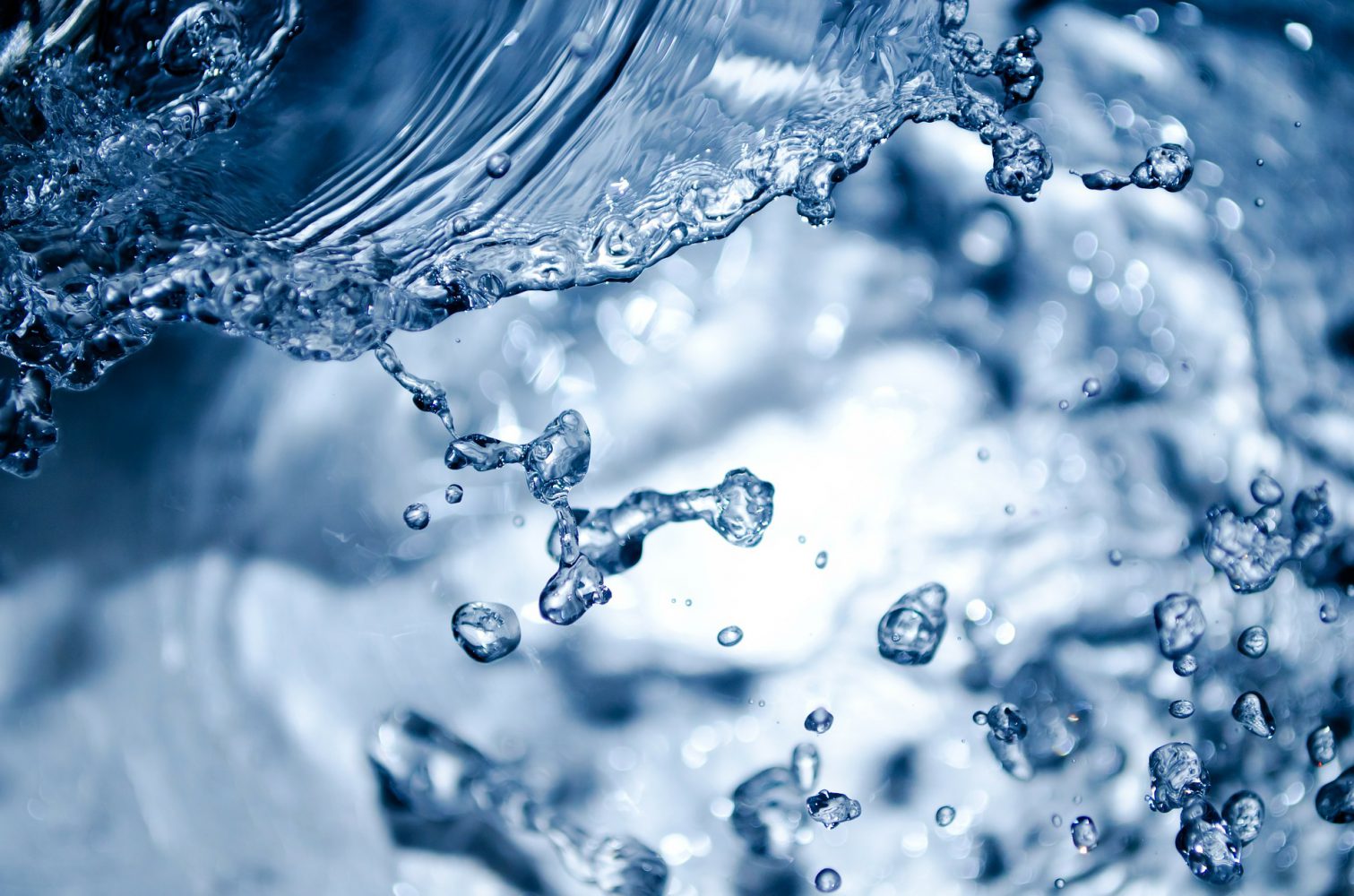Buffering Your Water
Balancing the pH in your nutrient tank can prove to be somewhat of a challenge. Nobody likes adjusting the pH in their tank multiple times a day, and all that added acid or base is not doing your plants any good either. That’s where good buffering comes in!
WHAT ARE BUFFERS?
We can compare the notion of buffering to some extent to a grocery’s stock of let’s say… Sugar. A grocer keeps his stock at a certain level to account for changes in sales, you could call this his stock “buffer”. The buffers in our nutrient solutions work in somewhat the same way.
Neither distilled, demineralized, nor reverse osmosis (R/O) water contain any buffer as they are pure water without any minerals. If we add even the smallest amount of acid, the pH will plummet. But, when we add the same amount of acid to normal tap water the influence will be far less. That’s because tap water contains calcium (and some other minerals), which acts as the buffer in the solution.
So, when a solution is properly buffered, an addition of a reasonable amount of acid (low pH) or base (high pH) will have little effects on the pH of your solution.
The acid- or base addition that a buffer can neutralize is determined by the buffering capacity of the solution. The bigger the buffering capacity, the more acid or base can be added without enormous swings in pH.
HOW DO BUFFERS WORK?
The chemical buffer in your tank neutralizes any fluctuations in acidity.
To neutralize acids, base particles have to be present in the solution. The opposite is true if you want your buffer to neutralize the addition of base to your solution, in that case your solution needs acidic particles.
Good buffers neutralize both added acid as well as added base, and thus need the presence of both an acid and a base.
This may sound weird, as you would expect the acid and the base to react and neutralize each other. This is true, especially if the acid or base is strong. However, if you take a combination of a weak acid and its ‘conjugate’ (weak) base, a unique situation occurs that’s used for buffering.
“When we talk about strength and weakness in acids and bases, we are talking about the ability of the acid/base to dissociate in water. Strong acids and bases completely dissociate in water, whereas weak acids and bases only partially dissociate into their component ions”
HOW CAN I BEST BUFFER MY SOLUTION?
There are all kinds of options to buffer you can use in your nutrient solution. We like simplicity, and value for money. That’s why we recommend the following method. It will keep your pH stable for about 3-5 days, which is perfect since we recommend to change your tank at least every 5 days (-three is better!).
You’ll need some Cal-mag. Any Cal-mag will do, but keep in mind that some Cal-mags also contain high amounts of Nitrogen or other nutrients that may throw off the nutrient ratio in your solution.
This is how it works:
1. Take your reverse osmosis, demineralized or distilled water and measure it’s EC with your EC meter.
2. Add your Cal-Mag until your EC reaches 0,3-0,4.
3. And you’re done! That’s all it takes to buffer your solution.





